Resources
About Us
Regenerative Agriculture Market Size, Share, Forecast, & Trends Analysis by Practice (Agroforestry, Biochar & Terra Preta) Product Type (Cover Crops, Cash Crops, Perennial Crops), Application (Biodiversity), End-user (Farmers) - Global Forecast to 2032
Report ID: MRFB - 1041458 Pages: 182 Mar-2025 Formats*: PDF Category: Food and Beverages Delivery: 24 to 72 Hours Download Free Sample ReportThe growth of this market is mainly driven by a rise in support from organizations, government and welfare associations; a rise in sustainable agricultural practices; increasing demand for organic and natural food products; and financial assistance to farmers. Moreover, growing research and development in the agriculture sector and government policies to promote sustainable agriculture are expected to create market growth opportunities.
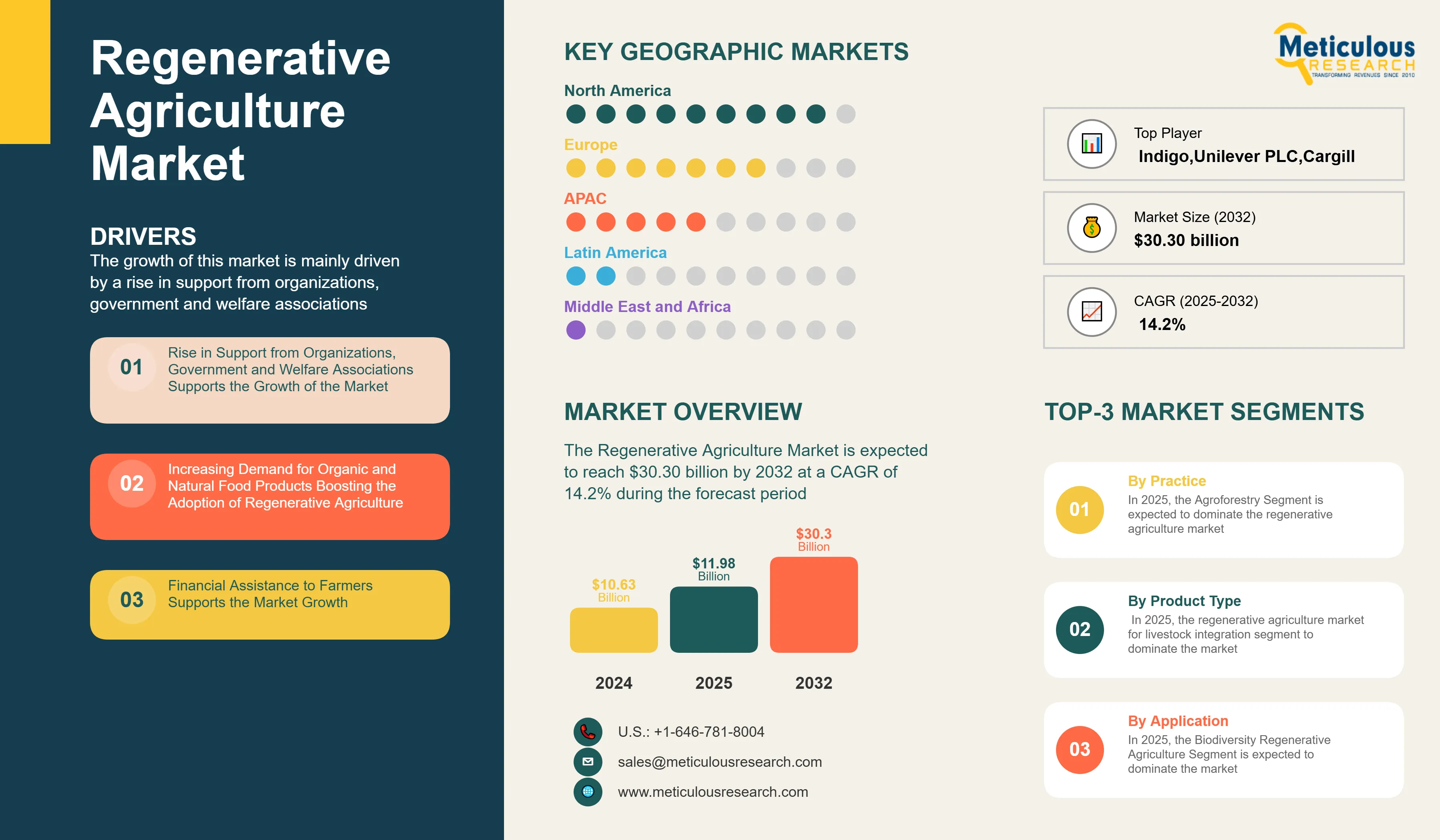
The growth of the regenerative agriculture market is significantly driven by the support from organizations, governments, and welfare associations. This support is visible through financial incentives, policy changes, and educational programs aimed at promoting sustainable farming practices. Governments and organizations provide subsidies and grants to farmers who opt for regenerative agriculture. For instance, in 2023, U.S. Department of Agriculture (USDA) announced an investment of more than USD 46 million in the Sustainable Agriculture Research and Education (SARE) program, which has funded farmer-driven grants and grassroots education programs resulting in climate-smart solutions for farms and ranches in every state and island protectorate since 1988.
Additionally, many organizations offer farmers incentives through carbon credit schemes. For instance, in 2022, Indigo Ag, a leading organization in regenerative farming, generated over 20,000 metric tons of verified carbon credits, benefiting farmers who have implemented regenerative practices. Hence, the rise in support from organizations, government and welfare associations drives the growth of regenerative agriculture market.
The expansion of research and development in agriculture opens new potential for the regenerative agriculture market. This expansion encourages innovation in farming practices, the development of sustainable inputs, and technological developments that improve soil health, water conservation, and carbon sequestration. R&D in agriculture has helped in the development of biofertilizers, biopesticides, and microbial solutions that support regenerative practices. Technologies such as remote sensors and AI-based analytics support regenerative practices by allowing precise resource management. There are many studies funded by R&D investments that explore how regenerative agriculture enhances carbon capture. Hence, the growing research and development in R&D provides an opportunity for growth in regenerative agriculture market.
Based on practice, the regenerative agriculture market is segmented into agroforestry, agroecology, silvopasture, aquaculture, no-till and pasture cropping, holistically managed grazing, biochar & terra preta, and others. In 2025, the agroforestry segment is expected to account for the largest share of the overall regenerative agriculture market.
This segment's significant market share can be attributed to its holistic approach to agriculture and combining economic benefits with environmental sustainability. Agroforestry is a common method in this industry that combines trees, crops, and cattle into a single farming system. This strategy has gained favor in recent years as a method to improve soil health, promote biodiversity, and enhance the overall sustainability of agricultural output. Agroforestry is regarded as a critical method in regenerative agriculture for encouraging sustainable and profitable farming practices. Integrating trees into the farming system allows farmers to give extra benefits such as shade, windbreaks, and erosion prevention. Furthermore, tree roots enhance soil structure and boost water penetration, resulting in greater soil health and production.
In 2025, North America is estimated to account for the largest share of the global regenerative agriculture market.
The substantial share of this region in the global regenerative agriculture market is primarily driven by the strong support from the U.S. government, increase in consumer demand for sustainably produced food in the region, and economic incentives for farmers. Additionally, benefits aimed at improving soil health, biodiversity, increasing companies and investors focusing on regenerative agriculture and overall sustainable agriculture practices in the region have further bolstered the appeal of regenerative agriculture and continue rising in the coming years.
However, this region is slated to register the highest CAGR during the forecast period of 2025–2032 due to the robust infrastructure, policy support, and private-sector initiatives. The region is projected to continue its dominance through 2032.
The report includes a competitive landscape based on an extensive assessment of the key strategic developments that led market participants to adopt over the past three years.
The key players profiled in the global regenerative agriculture market report Cargill Incorporated (U.S.), General Mills Inc (U.S.), Danone SA (France), Aker Technologies Inc. (U.S.), Terra Genesis International (U.S.), RegenAG (Australia), Bluebird Grain Farms (U.S.), Soil Capital (Belgium), Indigo Ag, Inc. (U.S.), Unilever PLC (U.K.), Grounded Management South Africa (Pty) Ltd (South Africa), Capital Belgium SPRL (Belgium), and Serenity Kids (U.S.), among others.
|
Particulars |
Details |
|
Number of Pages |
182 |
|
Format |
|
|
Forecast Period |
2025–2032 |
|
Base Year |
2024 |
|
CAGR |
14.2% |
|
Market Size in 2025 |
USD 11.98 Billion |
|
Market Size in 2032 |
USD 30.30 Billion |
|
Segments Covered |
By Practice
By Product Type
By Application
By End-user
|
|
Countries Covered |
North America (U.S., Canada), Europe (Germany, U.K., Spain, Italy, France, Netherlands, and Rest of Europe), Asia-Pacific (China, India, Japan, Australia, South Korea, Indonesia, and Rest of Asia-Pacific), Latin America (Brazil, Mexico, Argentina, and Rest of Latin America), and the Middle East & Africa (Saudi Arabia, UAE, and Rest of Middle East & Africa) |
|
Key Companies |
Cargill Incorporated (U.S.), General Mills Inc (U.S.), Danone SA (France), Aker Technologies Inc. (U.S.), Terra Genesis International (U.S.), RegenAG (Australia), Bluebird Grain Farms (U.S.), Soil Capital (Belgium), Indigo Ag, Inc. (U.S.), Unilever PLC (U.K.), Grounded Management South Africa (Pty) Ltd (South Africa), Capital Belgium SPRL (Belgium), Serenity Kids (U.S.) |
The global regenerative agriculture market size was valued at $10.63 billion in 2024.
The regenerative agriculture market is projected to grow from $11.98 billion in 2025 to $30.30 billion by 2032.
The regenerative agriculture market analysis indicates significant growth, reaching $30.30 billion by 2032, at a compound annual growth rate (CAGR) of 14.2% from 2025 to 2032.
The key companies operating in the global regenerative agriculture market include Cargill Incorporated (U.S.), General Mills Inc (U.S.), Danone SA (France), Aker Technologies Inc. (U.S.), Terra Genesis International (U.S.), RegenAG (Australia), Bluebird Grain Farms (U.S.), Soil Capital (Belgium), Indigo Ag, Inc. (U.S.), Unilever PLC (U.K.), Grounded Management South Africa (Pty) Ltd (South Africa), Capital Belgium SPRL (Belgium), and Serenity Kids (U.S.), among others.
A prominent market trend in regenerative agriculture is the increasing focus on climate mitigation
By practice, the agroforestry segment is expected to dominate the market.
By product type, the regenerative agriculture for livestock integration segment is forecasted to hold the largest market share.
By application, the regenerative agriculture for biodiversity integration segment is expected to dominate the market.
By end-user, the regenerative agriculture for farmers segment is poised to record the dominant position in the market.
By region, North America will hold the largest regenerative agriculture market share in 2025. Moreover, this region is expected to witness the fastest growth, driven by the strong support from the U.S. government, increase in consumer demand for sustainably produced food in the region, and economic incentives for farmers.
The primary drivers for regenerative agriculture market growth include a rise in support from organizations, government and welfare associations, a rise in sustainable agricultural practices, increasing demand for organic and natural food products, and financial assistance to farmers.
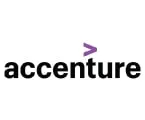

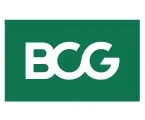
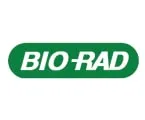


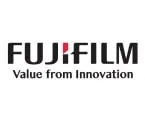

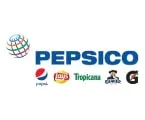
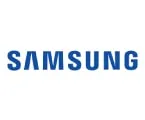


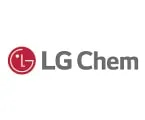
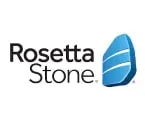


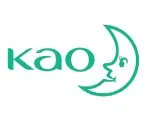

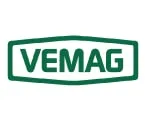
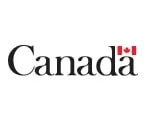

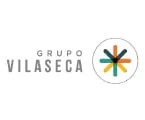


Published Date: May-2025
Please enter your corporate email id here to view sample report.
Subscribe to get the latest industry updates